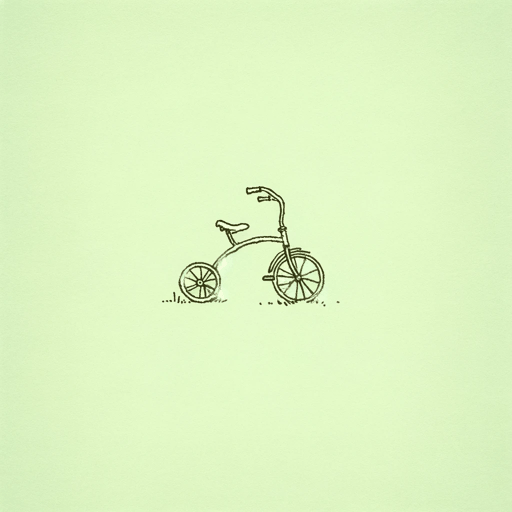35 pages • 1 hour read
Roald DahlBoy: Tales of Childhood
Nonfiction | Autobiography / Memoir | Middle Grade | Published in 1984A modern alternative to SparkNotes and CliffsNotes, SuperSummary offers high-quality Study Guides with detailed chapter summaries and analysis of major themes, characters, and more.
Summary and Study Guide
Overview
Introduction
Many readers are familiar with Roald Dahl (1916-90) as the author of popular stories such as James and the Giant Peach (1961) and Charlie and the Chocolate Factory (1964). Dahl published 19 novels and short story collections for children. He was born in Wales to a Norwegian family and spent most of his life in England. He was an intelligence officer and fighter pilot in the Royal Air Force during World War II and suffered injuries in a crash in Egypt. Dahl began writing during his recovery period, and his first publication shared his war experiences in the Saturday Evening Post. He published novels for adults but transitioned to writing for children when he became a father. According to Dahl’s website, over 300 million copies of his books have been sold in 68 languages. Several of his books, including Charlie and the Chocolate Factory and Matilda, have been adapted as films. Netflix paid $684 million in 2021 to acquire the Roald Dahl Story Company, which held the rights to his works, and has announced plans for a series based on Charlie’s world. This acquisition placed Dahl at number one on the Forbes list of “The Highest-Paid Dead Celebrities” that year.
Dahl’s 1984 memoir, Boy: Tales of Childhood, offers a glimpse of his British boyhood experiences. He recalls family events, sweet shops, and harsh headmasters, and the book’s structure and tone, with very short chapters and villainous adults, echo those of his fiction books for children. Organized chronologically from before Dahl’s birth in 1916 to the beginning of World War II, Boy is not, Dahl states, an autobiography, but rather “a number of things [that] happened to me that I have never forgotten” (8).
This guide is based on the 2009 Puffin Books edition.
Content Warning: In this novel, Dahl uses the word "fag," a term referring to a lowerclassman who served an upperclassman. While it is a derogatory term, during Dahl's childhood the word did not have the same offensive connotation that it does today. The word appears in this guide in quoted material. Boy also contains frequent episodes of violence and child abuse.
Summary
Boy begins in Norway, where Dahl’s father, Harald, was born in the 1860s. At age 14, Harald falls off a roof and breaks his arm. His drunken doctor mistakes the injury for a dislocated shoulder and damages the arm beyond repair while trying to relocate it. Harald’s arm is amputated at the elbow. He adapts well to life with one arm and goes on to build a successful shipbroking firm in Paris. He marries a French woman, and they move to Cardiff, Wales, where his business booms. When his wife dies after the birth of their second child, Harald marries a Norwegian woman, Sophie Magdalena. Together, they have five more children, including Roald. During the last three months of each pregnancy, Harald and Sophie take “glorious walks” in nature to encourage the forthcoming child “to be a lover of beautiful things” (14).
When Roald is four, his sister dies of appendicitis. Heartbroken, Harald soon contracts a fatal case of pneumonia. Widowed in Wales, with five children to care for and expecting another, Sophie chooses not to return to her family in Norway. Harald wanted his children to attend British schools, and Sophie resolves to fulfill his wish.
Acknowledging that most memories before age seven don’t survive, Dahl recalls only one noteworthy experience from age five: careening about on a tricycle. With that, he jumps to 1924, when he is eight and attending Llandaff Cathedral School. This was the year that he and some mischievous friends perpetrate “The Great Mouse Plot” (35). There is a sweet shop in town that enthralls Dahl and his friends. When they have money, they swoon over their purchases of gobstoppers and licorice. The only stain on this otherwise glorious shop is the shopkeeper, Mrs. Pratchett. Crusty and cruddy, as if she never washed, Mrs. Pratchett always snaps at the boys, making herself a ready target for pranks. When the boys find a dead mouse at school, Dahl hatches a plot to slip it into the gobstoppers and give Mrs. Pratchett a fright. They succeed, but Mrs. Pratchett reports the pranksters to the schoolmaster, and they receive a severe caning.
Dahl’s family spends their summer holidays in Norway, and he presents sketches of their various adventures there. After a four-day journey, the family arrives in Oslo at the home of Sophie’s parents, whom Dahl refers to as Bestemama and Bestepapa. An elaborate meal ensues. The next day, the family sets off for a hotel on the “magic Island,” where they enjoy boating and exploring. Dahl remembers one strikingly unpleasant day during these holidays: His mother takes him to the doctor, and—without warning or anesthetic—the doctor cuts out his adenoids. Removing adenoids without anesthesia was a common practice at the time.
Year after year, the Dahls return to the island, eventually including the eldest—or “ancient”—sister’s fiancé. The young couple’s aloofness irks everyone, so Dahl schemes to puncture their reserve by filling the fiancé’s fancy pipe with goat dung. When he next takes a puff on his pipe, the fiancé chokes and sputters, causing the ancient sister much alarm.
Dahl recounts the misery he endures during his years at St. Peter’s, a boarding school in England. At age nine, he leaves home with the requisite trunk and tuckbox, a small trunk boys use to hold their personal items at boarding school. He is excruciatingly homesick, a feeling that is compounded by the cruelty of the staff. The “Matron” ruthlessly enforces law and order on the dormitory floor, as well as in the infirmary, and prohibits any sound after bedtime. When a student named Tweedie defies her by snoring, she drops soap flakes into his wheezing mouth to punish his insubordination. Then Captain Hardcastle, the Latin teacher, pounces on the opportunity to report Dahl when he quietly asks another student for a pen nib during class. For this crime, Dahl receives six cracks of the cane on his behind.
One enduring benefit from Dahl’s time at St. Peter’s is the habit he acquires there of sending a weekly letter to his mother. He continues to write these weekly missives for 32 years, until his mother’s death.
The Christmas holiday finally arrives, and Dahl remembers his euphoria upon returning home. After two half-hour driving lessons, Dahl’s half-sister proudly takes the wheel of the family’s new car. When she miscalculates a turn in the road and steers into a hedge, Dahl plunges through the windscreen, nearly slicing his nose off. With much effort, they drive to the doctor, who is able to restore the nose, working at the family’s table.
From ages 13 to 18, Dahl attends Repton Public School, where severe discipline for seemingly minor infractions continues, but with added abuse from the “Boazers,” or upperclassmen bullies. Dahl’s anecdotes from that time also include some pleasant developments. To his delight, the nearby Cadbury chocolate factory delivers samples to the school to obtain feedback from the boys. The math teacher, Mr. Corker, brightens his students’ days by skipping lessons in favor of crossword puzzles and pranks. Additionally, Dahl discovers photography at Repton and excels at Eton Fives, a handball game.
At 18, Dahl chooses to pursue adventure outside England instead of further schooling. He takes a job with Shell Oil in Africa and joins the Royal Air Force during World War II. The book ends with Dahl’s account of sustaining serious injuries when his plane crashes in Northern Africa.
Dahl continues his autobiographical reflections in Going Solo (1986). He died in 1990. Published posthumously in 2008, More About Boy contains additional stories and letters, along with the original text of Boy.
Related Titles
By Roald Dahl

Beware of the Dog
Roald Dahl
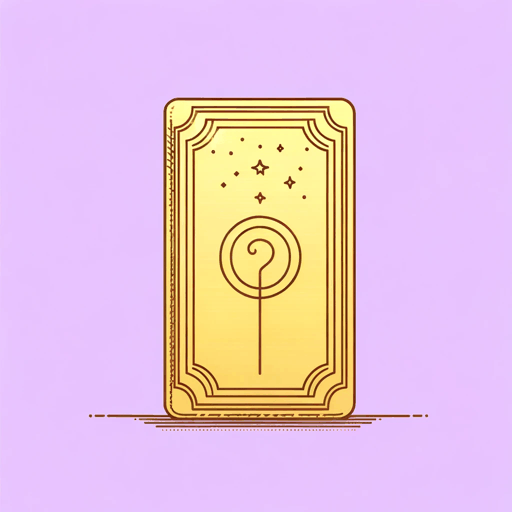
Charlie And The Chocolate Factory
Roald Dahl
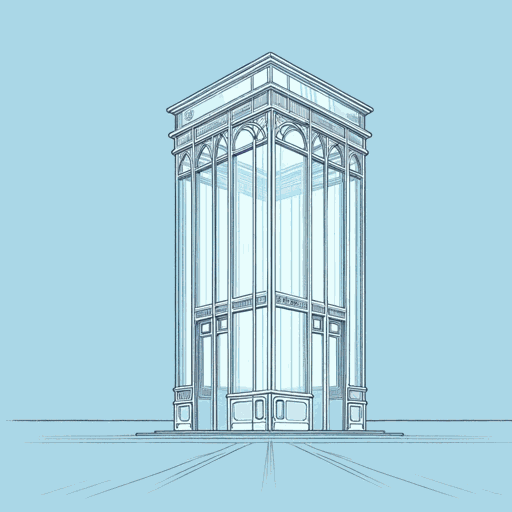
Charlie and the Great Glass Elevator
Roald Dahl
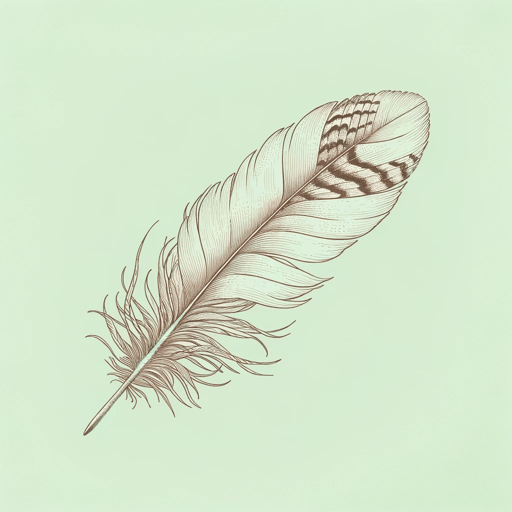
Danny, the Champion of the World
Roald Dahl
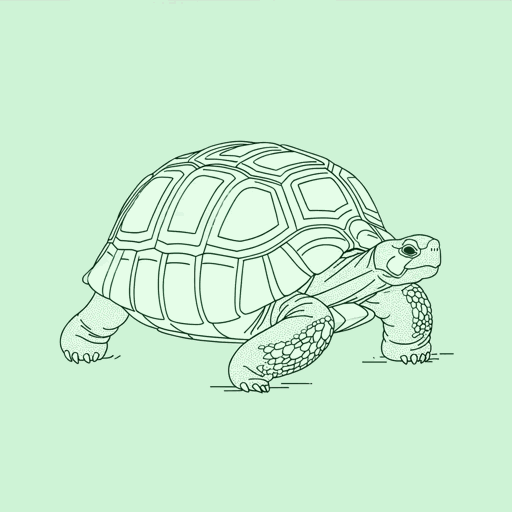
Esio Trot
Roald Dahl

Fantastic Mr Fox
Roald Dahl

George's Marvelous Medicine
Roald Dahl
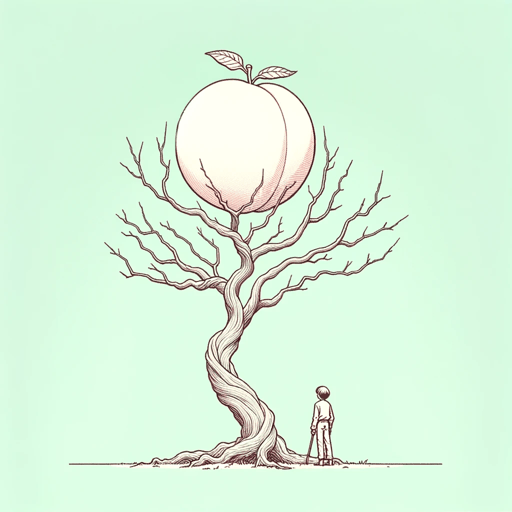
James And The Giant Peach
Roald Dahl
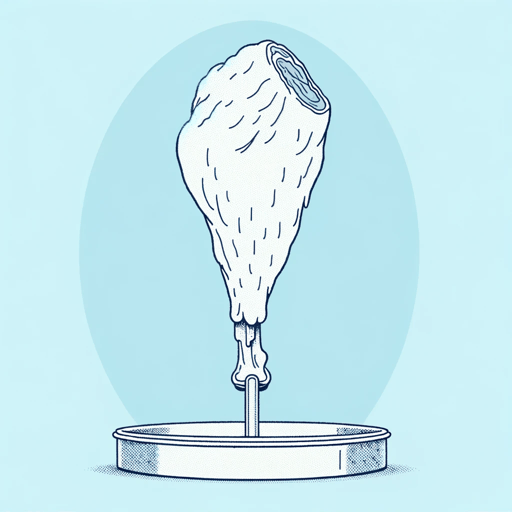
Lamb To The Slaughter
Roald Dahl

Matilda
Roald Dahl
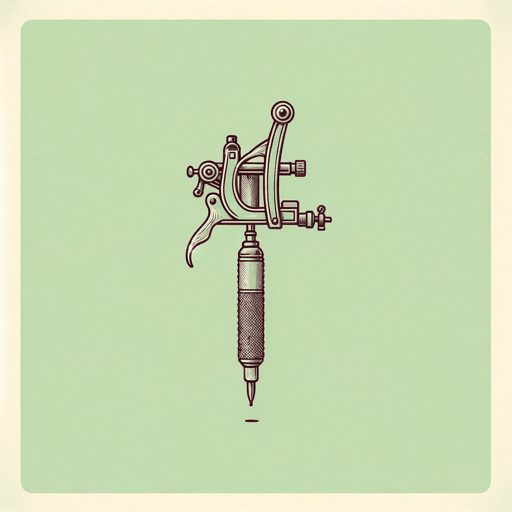
Skin
Roald Dahl
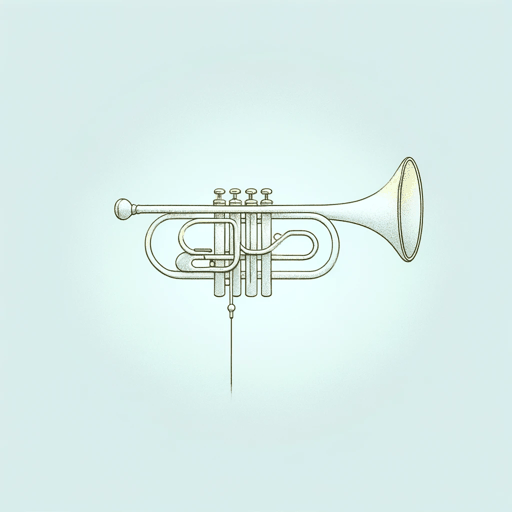
The BFG
Roald Dahl

The Giraffe and the Pelly and Me
Roald Dahl, Illustr. Quentin Blake

The Landlady
Roald Dahl

The Magic Finger
Roald Dahl, Illustr. Quentin Blake

The Twits
Roald Dahl

The Way Up To Heaven
Roald Dahl
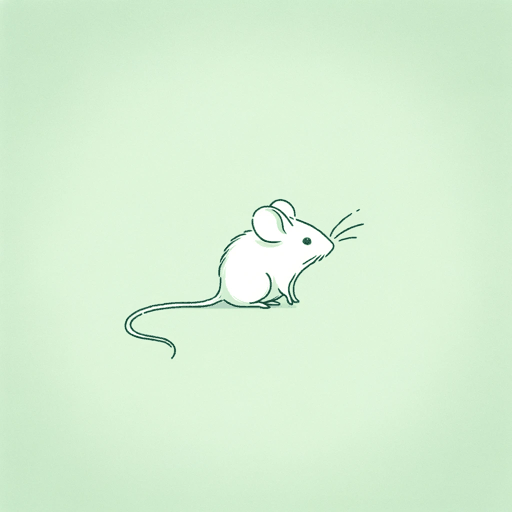
The Witches
Roald Dahl
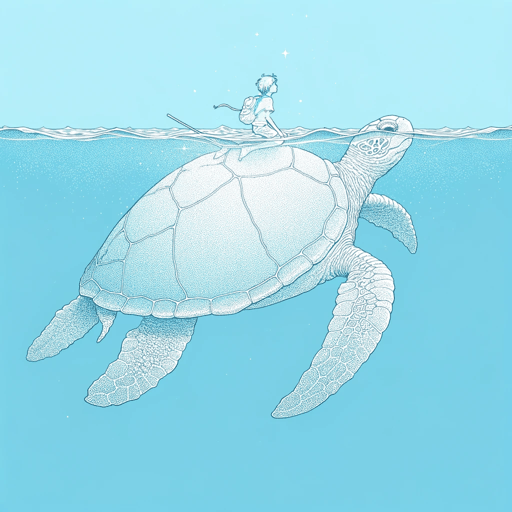
The Wonderful Story of Henry Sugar and Six More
Roald Dahl
